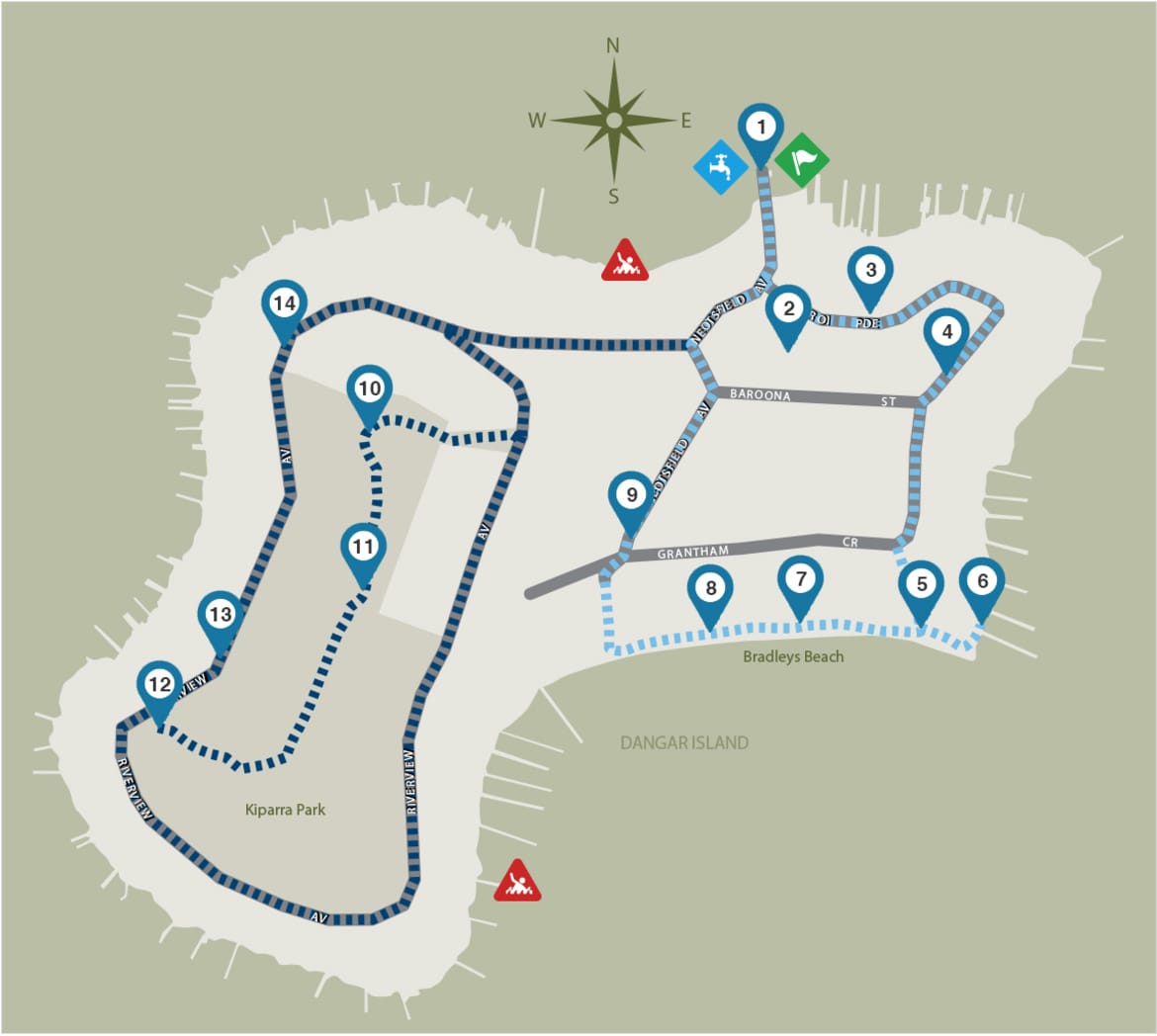About the Dangar Island
Dangar Island is rich in indigenous, colonial and natural history. Home to over 250 people and one of the few Sydney suburbs without cars, the island boasts pleasant parkland, beaches, natural bushland and spectacular views of the Hawkesbury River. Over 100 animal species (mostly birds) and over 90 plant species have been recorded on or near the island and it contains the only known location of the endangered ecological community known as Blackbutt-Rough-barked Apple Forest.


